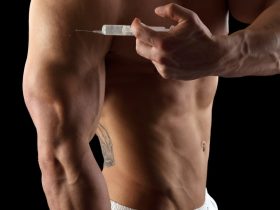PPR pipe fittings are a vital component of modern plumbing systems. They provide a wide range of benefits, including high heat and chemical resistance, durability, and ease of installation. These features make them a great choice for residential, commercial, industrial, and agricultural applications. In this article, we will take a closer look at the advantages of these pipe fittings and how they are used in different types of plumbing systems.
The PPR pipe fitting industry has grown to become a mature market, with manufacturers located all over the world producing high-quality products. The manufacturing process starts with the selection of high-quality PP granules, which are then melted and extruded into pipes or injection molded into fittings. The pipes and fittings are then socketed together or welded to create a complete system. The connections are secured with a hot-melt connection, which makes them stronger and more durable than traditional plumbing materials.
There are a number of different types of ppr pipe fittings available, which can be combined to suit any plumbing system. For example, elbows are used to change the direction of a tubing run by a specific angle, and couplings connect two pipes of the same diameter. In addition, tees split a single pipe into two or more branches. Adapters are used to connect PPR pipes to other types of pipes, such as metal pipes. Finally, unions allow pipes to be disconnected for maintenance purposes.
Besides being able to withstand a wide range of temperatures, PPR pipe fittings also offer excellent thermal insulation. This allows them to conserve energy and maintain fluid temperatures, reducing costs and helping the environment. They are also highly resistant to corrosion, which makes them a great choice for transporting chemicals and acids.
PPR pipe fittings are also popular in hydronic heating systems, where hot water is circulated through the pipes for heating. They are able to resist high temperatures and can be connected to other materials such as steel, making them an ideal option for commercial buildings. PPR is also an excellent choice for transporting wastewater, as it is resistant to chemical corrosion and can withstand high pressures.
In addition, PPR is an environmentally friendly material that can be recycled after use. It is also non-toxic and can be safely disposed of in landfills. Because of this, it is a great choice for green building projects. Moreover, the longevity of PPR pipe fittings reduces maintenance and replacement costs. In addition, it has a smooth internal surface that reduces friction and turbulence, which helps save energy and prevents leakage. In addition, it can help save money on energy expenses by maintaining a consistent water temperature and lowering the need for a water heater. This is especially beneficial in large buildings that need to keep their utilities at a steady temperature.






Leave a Reply